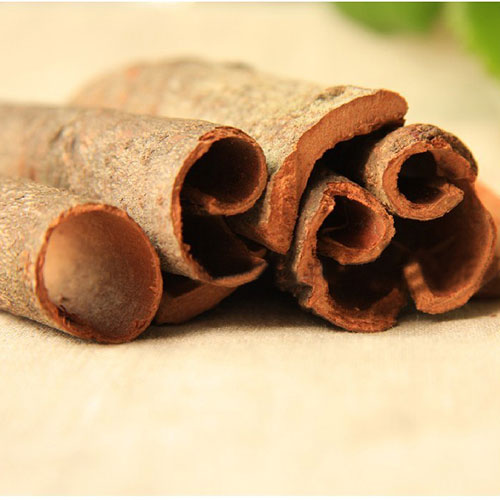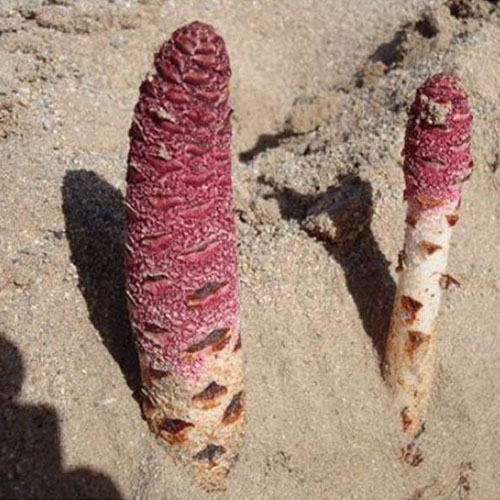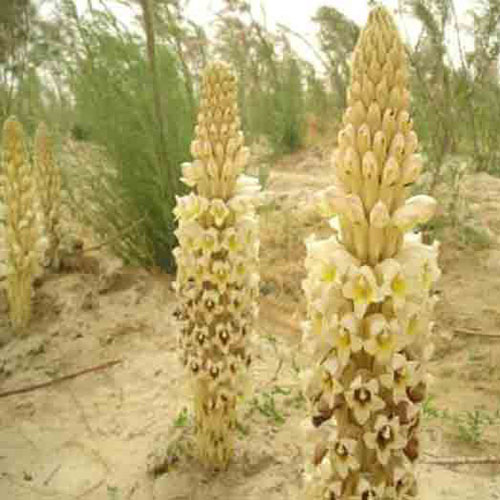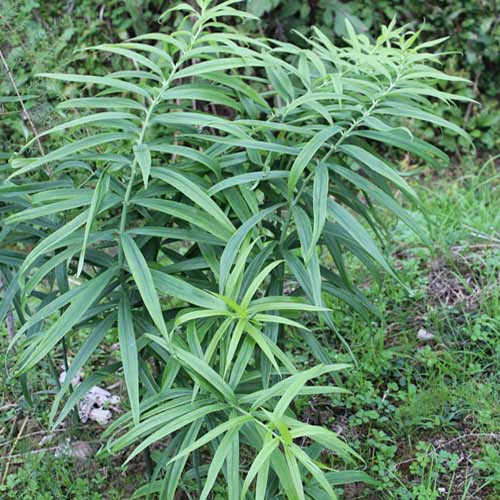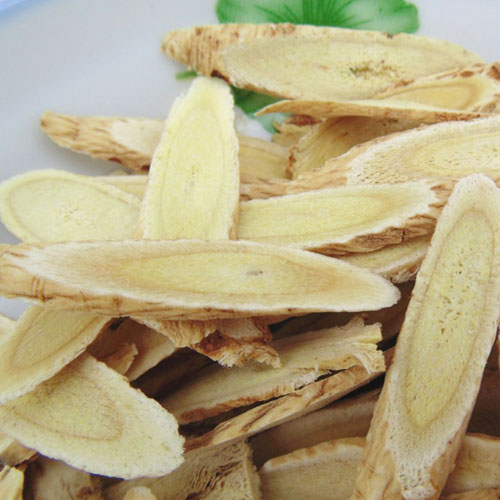- Chinese Name Rou Gui 肉桂
- Latin Name Cinnamomum cassia Presl.
- Other Names Cinnamon Bark, Cassia Cinnamon Bark, Chinese cinnamon
- Used Part Bark
- Specification Powdered Extract
Cinnamon Bark Extract Powder
Description
Cinnamon has been consumed since 2000 BC in Ancient Egypt, where it was very highly prized (almost considered to be a panacea). In medieval times doctors used cinnamon to treat conditions such as coughing, arthritis and sore throats.
During thousands of years of traditional use in TCM, Chinese Cinnamon bark considered as a strong essence (Jing) tonic that promotes good circulation and powerful internal energy. It is sweet and spicy, and has a hot energy. Cinnamon bark is said to increase the Yang energy and sexual vitality.
Recent scientific studies validate many of the traditional uses of this medicinal spice, indicating its health enhancing properties.
According to the U.S. National Library of Medicine, Cinnamon is used to help treat muscle spasms, vomiting, diarrhea, infections, the common cold, loss of appetite, and erectile dysfunction (ED).
German Commission E approved Cassia Cinnamon for stimulating appetite and also for its beneficial effects on digestion. Further, several studies indicate that cassia may help support healthy blood sugar and cholesterol levels. Recently, the results of a study demonstrated cassia’s potential to promote would healing as well.
TCM Tradition
Taste & Property Acrid, Sweet, Hot
Organ Meridians Heart, Liver, Kidney, Spleen
TCM Functions
•Warms the Kidneys, Spleen and Heart and strengthens Yang and Ming Men Fire
– Kidney Yang Deficiency and Deficiency of Ming-Men Fire with aversion to Cold, cold limbs, weak back, impotence and urinary frequency
– Spleen and Kidney Yang Deficiency with abdominal pain and Cold, reduced appetite and diarrhea
– Kidney Unable to Grasp Qi
– Heart Yang Deficiency, particularly with chest Bi
•Disperses deep Cold, warms the channels, unblocks the channels and vessels and alleviates pain
– Deep Cold causing Qi Stagnation or Blood Stasis with Cold in the Blood causing amenorrhea or dysmenorrhea, Cold-Damp Bi, Yin-type boils (chronic sores that are usually concave and ooze a clear fluid), and sores or abscesses that do not heal
– It enters the Blood aspect and, in small amounts, enhances the Blood moving action of other substances
•Leads the Fire back to its source
– Upward Floating of Deficient Yang (False Heat, True Cold or Heat Above and Cold Below) with flushed face, wheezing, severe sweating (the sweat pours out like oil), weak and cold lower extremities and a deficient and rootless pulse
– Any condition with Heat in the Upper body (dry mouth, sore throat, or tooth which is worse at night) and Cold in the Lower body (Lower back pain, cold lower extremities, diarrhea and weakness in the proximal portion of the pulse)
•Assists in the generation of Qi and Blood
– Chronic Qi and Blood Deficiency (auxiliary)

